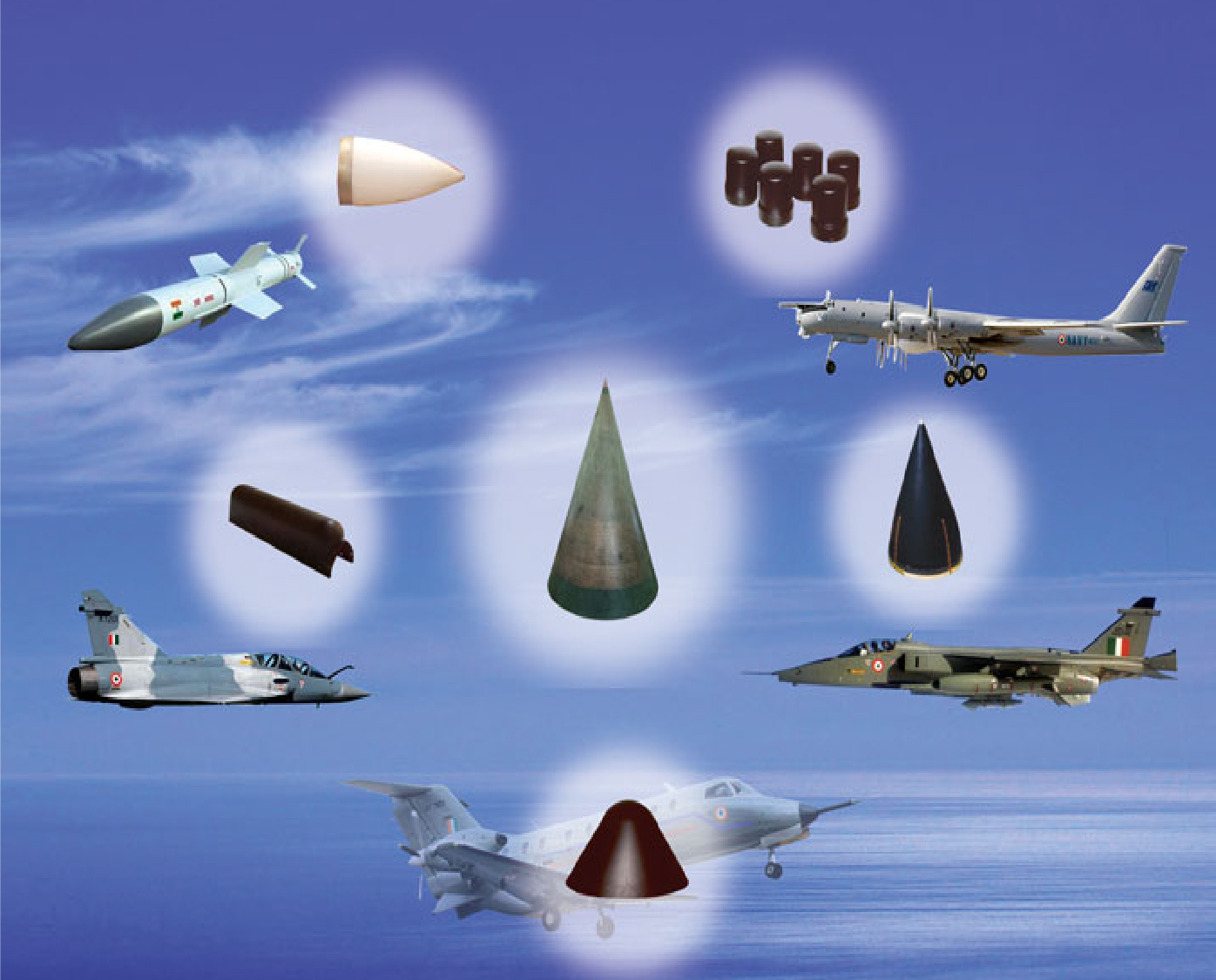Centre for electromagnetics (CEM) has been focusing on electromagnetic (EM) solutions for aerospace applications, such as radome technologies, radar cross-section (RCS) studies, stealth technologies, frequency selective surface (FSS) technologies, THz technologies, low RCS Electronic Warfare antennas, antennas for HANSA/SARAS, lightning/HIRF studies, atmospheric electromagnetics, etc. CEM possesses several facilities such as Microwave Anechoic Chamber, Experimental Microwave Facility (EMF), Adaptive antenna Facility, FSS based facility, Electromagnetic Material Application (EMMA) facility, etc., which are being extensively used by internal divisions and private/government industries, and academic institutions for their research and development activities. The research work done by the division has been published in the form of books, peer reviewed journal papers, conference papers, software copyrights and patents, thereby enhancing the CSIR-NAL visibility in global research community.

Developing advanced stealth systems helps protect our assets, improve mission success, and support India’s goal of becoming self-reliant in defence. CEM has focused on the design and development of low RCS electronic warfare (EW) antennas like spiral antennas and Vivaldi antennas. Techniques like the integration of frequency selective surfaces and the use of defective ground structures have been employed to effectively reduce their RCS. CEM has been extensively working on design and development of radar absorbing materials and structures (RAM/RAS), foam-based RAS for stealth bullet-proof jackets, for strategic applications. To accelerate the indigenous advancement of stealth technologies, CEM has also been engaged in developing deep learning models aimed at the efficient design of low observable components.
CEM is also involved in the development of technology demonstrator for implementing the promising concept of active RCS reduction (RCSR). Active RCSR relates to the real-time RCS reduction and control of aerospace structures. The RCS of aerospace platform with a phased array mounted over it, is reduced towards each of the hostile probing sources while simultaneously maintaining communication links with friendly radars. This active RCSR once integrated with the structural RCSR of the array and platform leads to overall control over the scattering from phased array mounted on a platform. This in turn would lead to a low-observable platform.
Terahertz (THz) frequency range offers remarkable features including ultra-wide bandwidth, terabit-per-second data transmission, and high spatial resolution, making it a strong candidate for future high-speed wireless communication systems beyond 5G and into 6G. Recognizing its potential, as part of CSIR-mission mode program, CEM has been rigorously involved in dedicated research efforts aimed at designing and developing advanced antennas such as lens-based horn antenna, low profile antennas, leaky wave antenna for aircraft in-cabin applications, SIW-based antenna and absorbers specifically tailored for Terahertz applications.
CEM has been actively involved in the design and development of LCA AF Mk-2 radome, stealth radome for AMCA, radome for helicopter, etc. Lightning is the strong atmospheric static discharge due to intra-cloud, inter cloud and cloud to ground charge accumulation. As lightning causes severe damage to points they attach for the discharge, lightning strike zones are defined for aircrafts, based on the types of lightning currents and the susceptibility to the strikes. This highlights the importance of lightning protection, especially for modern aircrafts having more carbon composite materials. As aircraft radomes houses crucial navigation equipment, they have to be protected effectively. At CEM, various effects caused by lightning strikes on the aircrafts, especially on the Radomes are studied. Multiple simulations were carried out for deciding the scheme offering best protection with maximum antenna performance.









